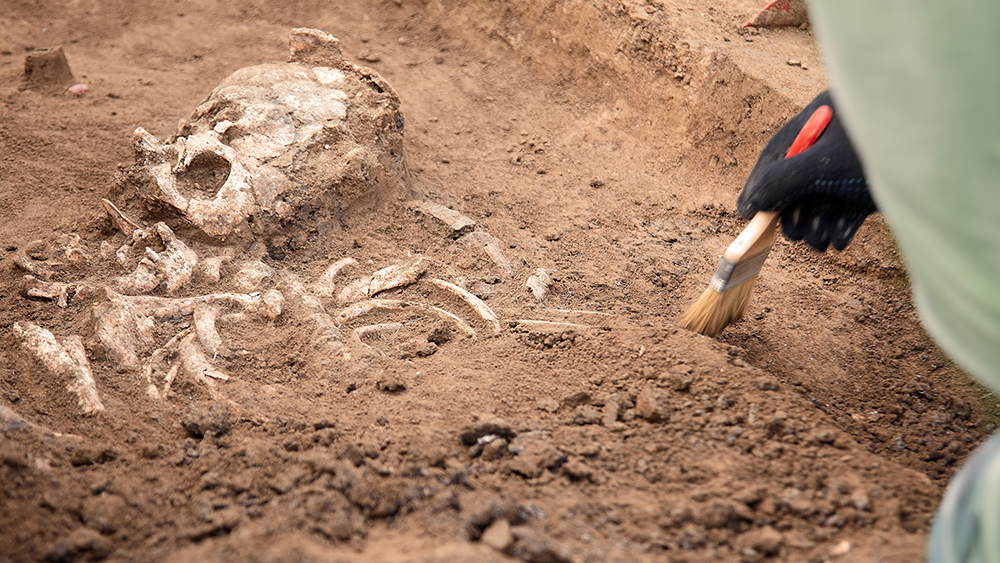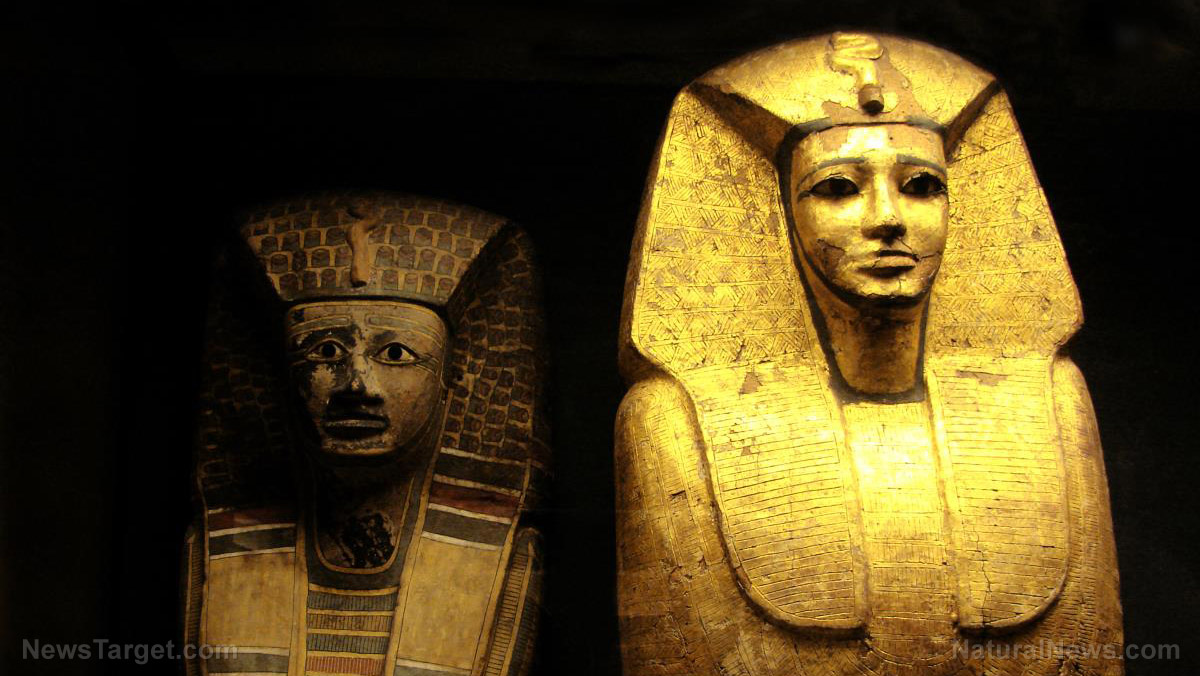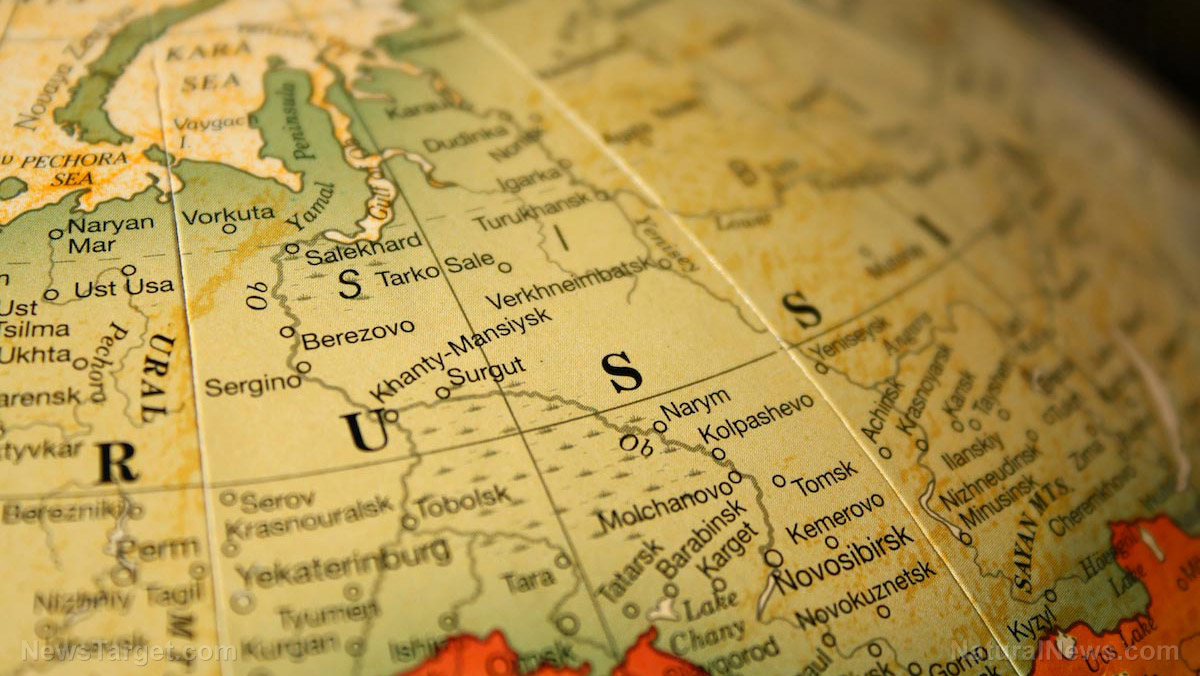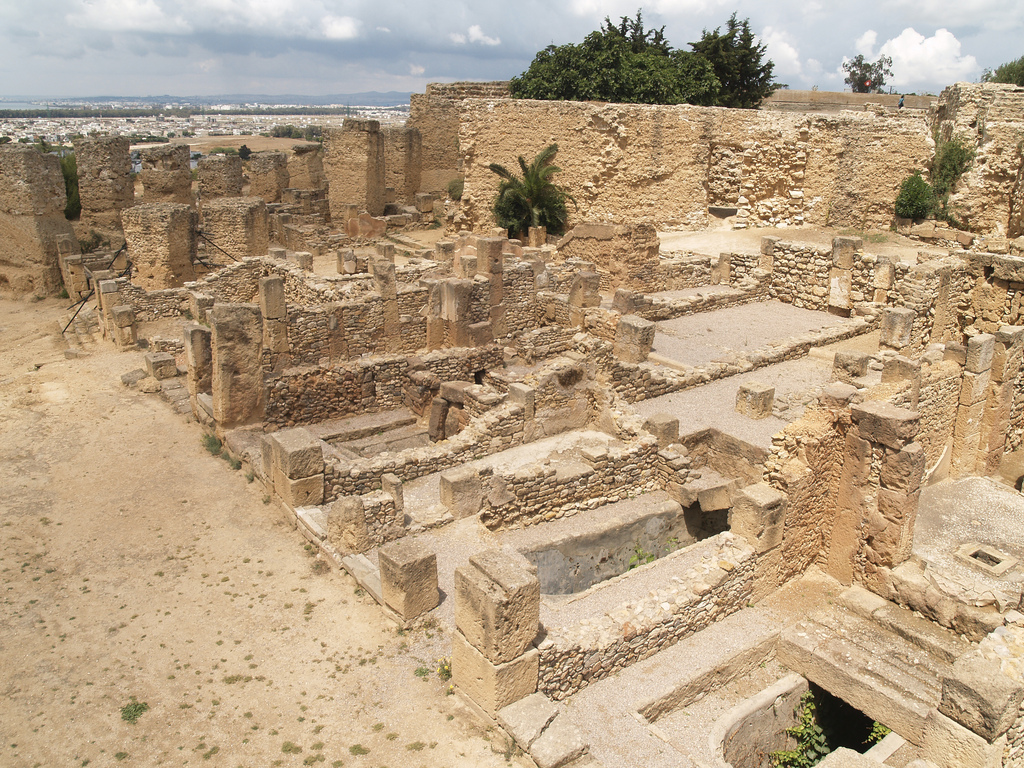Analysis of bone collagen from Roman Britons reveal details about their diet and mortality rates
08/14/2020 / By Virgilio Marin

Remains of Roman Britons are known for their high nitrogen isotope ratios, which are linked to a sophisticated and abundant diet characterized mainly by seafood. But a study published in the journal Annals of Human Biology found that higher nitrogen isotope ratios, combined with carbon ratios and death rates, correspond to long periods of malnutrition and higher mortality risk. This looks to upend previously-held assumptions about their diets.
The international team of researchers also discovered that men of the era had better diets than women after finding higher ratios of carbon and nitrogen isotopes. A directly proportional increase of both values indicate a better diet while an inverse relationship points to nutritional stress, the researchers said.
Higher risk of mortality among Roman Britons
In the study, the team investigated stable isotope data – the ratios of chemicals in human tissue, particularly nitrogen and carbon – that were collected from the bone collagen of 650 Roman Britons. These were combined with estimations of the age of death and an established mortality model.
Results show that Romano-British urban archaeological populations exhibit higher nitrogen isotope ratios that are linked to a higher risk of mortality.
The researchers explained that when a person does not consume enough protein and calories, as is the case with dietary deprivation and starvation, nitrogen within the body is recycled to make new proteins. Consequently, the ratio of nitrogen increases in the body’s tissues, indicating that the Roman Britons had a poor diet at the time.
They added that nitrogen and carbon stable isotopes typically change in the same direction. So if the two values increased, a person is said to have a good diet composed of more meat or seafood.
However, “[If] the isotope ratios go in opposite directions it can indicate that the individual was under long-term nutritional stress,” said Julia Beaumont of the University of Bradford, a co-author of the study.
Women, in particular, exhibited disproportionate ratios of nitrogen isotope relative to carbon. In comparison, men appear to be fed better as they had high values of both isotopes.
“Not all people in Roman Britain were high-status; there was considerable enslavement too and we know slaves were fed a restricted diet,” said Beaumont.
What Romans ate
In the ruined city of Pompeii, on the other hand, poor Romans subsisted on exotic meat.
Previous research suggested that the Roman elite dined on imported foods such as flamingo while the poor survived on gruel. But a group of archeologists recently uncovered remains of a sea urchin and butchered giraffe leg from a poorer area of the ancient city, suggesting that even Romans from the lower classes feasted on exotic food.
The bone is thought to be the only artifact of a giraffe food ever recorded from an archaeological excavation in Roman Italy.
“How part of the animal, butchered, came to be a kitchen scrap in a seemingly standard Pompeian restaurant not only speaks to long-distance trade in exotic and wild animals, but also something of the richness, variety and range of non-elite diet,” said co-author Steven Ellis of the University of Cincinnati.
In another study, researchers found that gladiators consumed a highly vegetarian diet to accompany brutal training regimens instead of eating a protein-rich diet. Plant foods such as wheat and barley were a staple, while a drink made of vinegar and plant ash was popular as a form of ancient sports drinks, said the researchers. (Related: Food of the ancient kings.)
The authors noted that while people ate foods that are different from those consumed nowadays, some eating practices remain the same, such as taking supplement foods after an intense workout.
Learn more about the diets of ancient civilizations at Artifacts.news.
Sources include:
Tagged Under: Ancient civilizations, ancient diets, Archaeology, artifacts, diets, exotic food, history, mortality, nutrition, poor diet, risk of death, Roman Empire, slavery, starvation, vegetarian diet
RECENT NEWS & ARTICLES
COPYRIGHT © 2017 ARTIFACTS NEWS


















